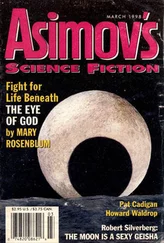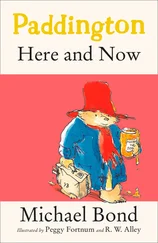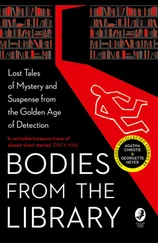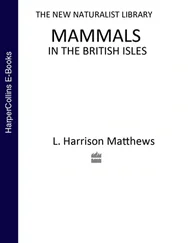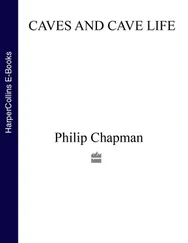The best time to start describing the annual cycle is during the summer months of June, July and August. This is a very active feeding period for both bulls and cows. The bulls have to put on sufficient blubber to sustain them during their period of starvation, while they are maintaining territory. The cows also have to put on blubber to provide the fat for the rich milk suckled by the pups, but in addition, must eat sufficient to permit the foetus within to grow. (During the summer the foetus may increase by more than a pound a week.) Towards the end of August there is a tendency for both bulls and cows to move towards their breeding areas. This has been shown by J. Morton Boyd by the ingenious analysis of observations made at a number of points along the coastline of north-west Scotland. In the south-western group this drift is probably a little earlier, but newly arrived cows have been seen by me in early September on Ramsey Island. It is difficult to be precise in an animal whose breeding period extends over at least 2 months. The most that can be done is to note when such a tendency is at its peak and therefore most conspicuous. Other individual seals will still be at sea feeding, others still may already have arrived at the breeding rookeries and have pupped.
Bulls and cows must now be studied separately because the purpose of their assembling in the rookeries is quite different and consequently their behaviour and timing is different. Put very briefly and perhaps in an over simplified way, bulls assemble for mating, cows for pupping and only secondarily for mating.
Bulls seem to predominate at the beginning of the breeding season on or near the rookeries. Here they appear to sort themselves into a dominance order, those having previously bred clearly taking precedence over the younger ones. Gradually they take up station on a territory which they defend against all comers ( Pl. 7). Although they immediately approach an invading cow, their agonistic behaviour dies down as soon as they recognise her sex. Invasion by new and younger bulls ( Pl. 6) continues for a considerable time and for at least a fortnight or so defence is the dominant activity of each bull holding territory.
Meanwhile cows begin to arrive at the rookeries ( Pl. 7) and shortly give birth to their pups. Suckling commences within the hour and is repeated several times a day for at least a fortnight, sometimes for nearly three weeks. During this period the cows resent any approaches by the bull, who is repelled by hooting and rapid waving of the fore flippers (‘flippering’). Eventually, some time in the third week after giving birth, the cow accepts the bull in mating. Mating is often repeated several times at intervals. The cows desert their pups and leave the rookeries. Whether they go immediately to sea or remain in nearby waters is not yet certain, although I am inclined to believe the former is more likely.
The deserted pups moult their first or ‘puppy’ coat of white hair and appear in their ‘moulter’ coat which is similar to the adult pelage. In a healthy pup this process takes about a week; the fourth week of their life. When moulted the pups may, as in the south-west, immediately leave their natal beach, or as in the north and north-west remain on land and in fact move farther inland. Hunger will however eventually drive them to sea within a week or two.
The bulls remain on station for five to six weeks before becoming exhausted. They then move away from the rookeries to sea and recommence feeding to restore the blubber they have used during their enforced fast.
While this is the time-table of individual cows and bulls, it must be remembered that the time-table of the rookery is more extended. Thus a fortnight after the first pups have been born matings will begin, but this will probably be before the peak of the pupping. Consequently while the peaks of the various processes, pupping, mating, moulting, desertion by cows and leaving by bulls will be separated by periods corresponding to the normal time-table of individuals, this central period will be preceded by two or three weeks when arrivals of bulls and cows and some pupping are the only phenomena and will be followed by several weeks in which mating and desertions will predominate. The overall period will be about months.
Now follows a period about which not so much is known. The nearby haul-out sites are used but not to a great extent. Probably the answer is that both bulls and cows are feeding as much as possible to replace their lost blubber, to fit themselves for the rigours of the winter. One of the most remarkable facts of this period, which covers about  months, is that among the cows found on the haul-outs, non-pregnant ones predominate. A high proportion of these non-pregnant cows are comparatively young and virgin or nulliparous. The differential behaviour of pregnant and non-pregnant cows is very remarkable, the more so because very little development of the embryo takes place for the first hundred days after conception (about
months, is that among the cows found on the haul-outs, non-pregnant ones predominate. A high proportion of these non-pregnant cows are comparatively young and virgin or nulliparous. The differential behaviour of pregnant and non-pregnant cows is very remarkable, the more so because very little development of the embryo takes place for the first hundred days after conception (about  months). (See Chapter 4.) Towards the end of this period most of the cows go into the annual moult.
months). (See Chapter 4.) Towards the end of this period most of the cows go into the annual moult.
I have not mentioned the actual dates through this breeding and post-breeding period because there are differences between the geographical groups and generalisation is therefore difficult. What makes precision even more difficult is that the full story is not known in detail for all of the groups. However, some attempt may be made to give an overall picture if we omit the Farne Islands group. In the south-western group the peak of pupping is probably in the first week in October, and by mid-November all the beaches are completely deserted. In the Hebrides and North Rona the dates are about 10–14 days later, although the much larger size of the rookeries results in more early and late puppings so that the season appears to be longer and a few adults may still be found in the breeding grounds in early December. In Orkney and Shetland a further 7–10 days should be allowed, so that mid-December would be a reasonable date to compare with mid-November in the south-west. January to March may be counted as the months of the cow moult, although few Orcadian cows will have begun in January and few, if any, Pembrokeshire ones will remain unmoulted in March.
For the Farne Islands group all these dates must be delayed by about a further month. There the first pups are in late October and the peak about 3–4 weeks later in November, pupping continuing actively well into December.
Our knowledge of the growth of the foetus is derived solely from northern material from Orkney. The mean date of the recommencement of the growth of the embryo is the middle of February. Thereafter the foetus grows apace in about 80% of the cows, the others are non-pregnant. So far as can be made out they continue to fish in the adjacent seas periodically coming ashore in fishing haul-outs for short periods at low tide. In the summer months the haul-outs must be both few and short because the numbers seen are very few indeed compared to those at other times of the year.
We have left the bulls at sea after the breeding season and it is not until mid-February that we have any evidence that large numbers come ashore. Their annual moult appears to be timed about two months after that of the cows. It was first observed in April in Pembrokeshire, but by then many were completely moulted and few remained unmoulted early in May. Dr Backhouse and myself, having found the comparatively large moulting haul-outs of bulls in Pembrokeshire, were able to direct attention to this in other groups, such as the Farne Islands, where the same phenomenon was then seen by other observers. These moulting haul-outs of the bulls are very remarkable and often number thousands at a time in the large northern groups. The bulls, like the cows, largely disappear in the summer months from all the inshore sites and we can only conclude that they too are feeding at sea to prepare themselves for the breeding season.
Читать дальше
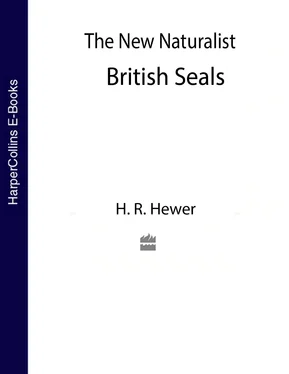
 months, is that among the cows found on the haul-outs, non-pregnant ones predominate. A high proportion of these non-pregnant cows are comparatively young and virgin or nulliparous. The differential behaviour of pregnant and non-pregnant cows is very remarkable, the more so because very little development of the embryo takes place for the first hundred days after conception (about
months, is that among the cows found on the haul-outs, non-pregnant ones predominate. A high proportion of these non-pregnant cows are comparatively young and virgin or nulliparous. The differential behaviour of pregnant and non-pregnant cows is very remarkable, the more so because very little development of the embryo takes place for the first hundred days after conception (about  months). (See Chapter 4.) Towards the end of this period most of the cows go into the annual moult.
months). (See Chapter 4.) Towards the end of this period most of the cows go into the annual moult.